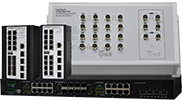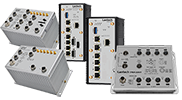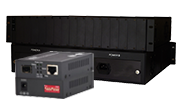
Project Introduction
Project Loon is a research and development project being developed by X (formerly Google X) with the mission of providing Internet access to rural and remote areas. The project uses high-altitude balloons placed in the stratosphere at an altitude of about 18 km (11 mi) to create an aerial wireless network with up to 4G-LTE speeds. It was named Project Loon, since even Google itself found the idea of providing Internet access to the remaining 5 billion population unprecedented and "loony".
The superpressure balloons filled with helium, carrying a custom air pump system to ballast the balloon and control its elevation. A small box containing each balloon's electronic equipment hangs underneath the inflated envelope. This box contains circuit boards that control the system, radio antennas and a high power base station to communicate with other balloons and with Internet antennas on the ground, and batteries to store solar power so the balloons can operate during the night. Each balloon's electronics are powered by an array of solar panels that sit between the envelope and the hardware.
The prototype ground stations use a high power base station and a custom patch antenna to connect to the balloons at a height of 20 km (12 mi).
Project Requirements
- Managed Ethernet switch with support for VLAN tagging and trunking
- 1 PoE port capable of 0.5W
- Two 2.5 Gbps ports (at least one of which should be SFP)
- 6 total ports
- Ability to automate setting the switch config at manufacture time
- Extended temperature range
- Environmental monitoring
The project adopts Lantech managed Ethernet switch IPGS-3408GSFP-M-E as part of its communication system in the ground station. Lantech Ethernet switch is able to receive command signals from the control center and send back status reports.
Lantech Solution: IPGS-3408GSFP-M-E
- 8x10/100/1000T PoE at/af + 4x1000M SFP L2+ managed Ethernet switch
- Support IEEE802.3at/af up to 30W per port
- Rugged IP30 housing with operating temperature from -40°C to 75°C
- Supports Enhanced ITU G.8032 ring redundancy with easy configuration
- Environmental Monitoring for system temp., voltage & current

2025 © Lantech Communications Global, Inc. ALL Rights Reserved. Privacy Policy | Terms of Service






